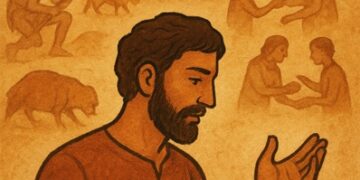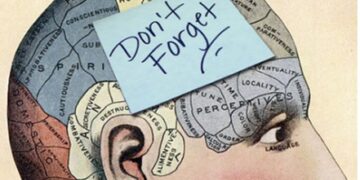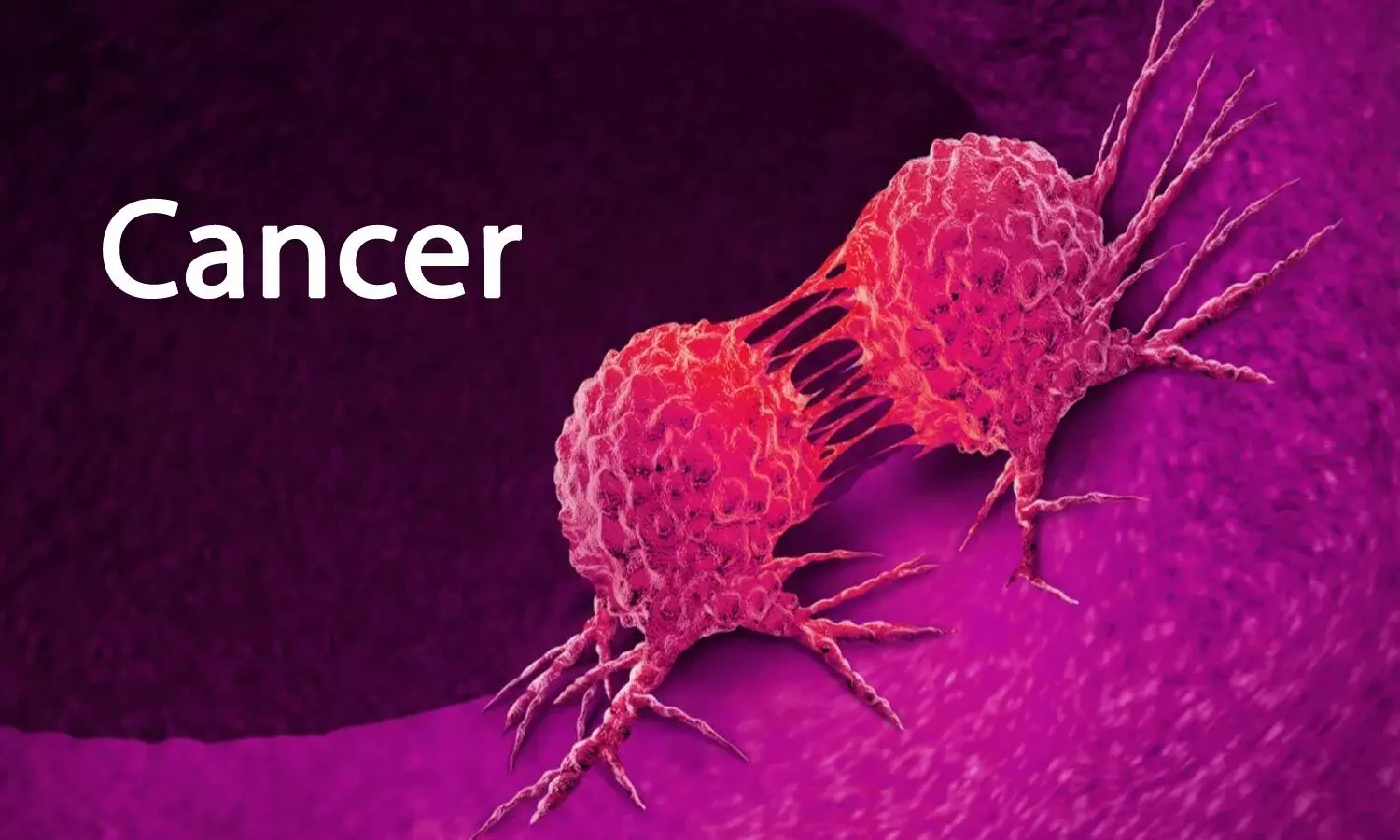People carry their histories like treasures passed down through generations, stories of being forced to leave their homes, of living in exile, and of surviving despite it all. For those who see themselves as the children of Israel, these stories go back to the Bible. They remember the Exodus, a journey from slavery to freedom, and a promise of a land where they could live by their faith and laws. This story is central to Jewish identity, though historians debate its exact historical details.
Much later, during Roman rule, Jewish life in Judea faced major upheavals. The Romans destroyed the Jewish temple in Jerusalem in 70 CE (2025 years ago), and later wars caused Jewish communities to scatter across the Mediterranean. This began a long, painful period of living in exile, the diaspora, where Jews lived under foreign powers for generations.
Over time, Jewish communities kept rebuilding, especially across Europe. In the late 1800s and early 1900s, rising nationalism, violent attacks on Jews in Eastern Europe (pogroms), and new political ideas led many Jews to search for a safe homeland. In 1917, the British government supported this idea in what was called the Balfour Declaration, proposing a “national home for the Jewish people” in Palestine. After World War II, the United Nations suggested splitting the land into separate Jewish and Arab states. These steps led to the founding of Israel in 1948, an event seen very differently by Jews and Palestinians.
The 20th century also brought unimaginable horror: the Holocaust, in which about six million Jews were murdered by the Nazis. This tragedy deeply shaped Jewish identity and made the desire for safety and self-rule even more urgent.
But the founding of Israel in 1948 came with a new tragedy. During the war that followed, hundreds of thousands of Palestinians fled or were forced from their homes. Palestinians call this the Nakba, or “catastrophe.” This event became a central part of Palestinian identity, leaving many people in refugee camps and exile, pain that continues to this day.
Later conflicts, especially the 1967 Six-Day War, when Israel took control of the West Bank, Gaza Strip, and East Jerusalem, deepened the divide. Military rule, settlements, and ongoing violence have brought suffering to both sides. For many Palestinians, it has meant losing land and living with daily restrictions. For many Israelis, it has meant living with fear and a strong sense of being under threat.
Looking at the broader picture, we see a painful pattern. Groups that have been deeply hurt sometimes respond with actions that hurt others. Psychologists who study group trauma say that when a community’s pain isn’t healed, it can lead to more violence. The cycle of the oppressed becoming oppressors is a pattern seen in many histories. But healing, truth, and justice are the keys to breaking this cycle.
So what is the story? It’s not a simple one. It’s a mix of past trauma, fear, survival, creativity, and painful new conflicts. There are real events we can point to: ancient exiles, the Holocaust, the Balfour Declaration, the Nakba, wars, and decades of occupation. These facts help explain why both sides still carry such deep fear and anger.
But the story doesn’t have to end in more violence. If we teach only revenge, the next generation will carry that forward. But if we teach compassion, truth, and justice, healing becomes possible.
Imagine this scene: An elderly Palestinian woman remembers the home she lost in 1948. An elderly Jewish man remembers family killed in the Holocaust. They meet at a small table, set up by young people from both communities. They share tea and bread. They listen to each other. They cry. Not all wounds heal, but this simple act, sharing pain without blame, creates space for peace.
That is the ending the real world needs: people choosing empathy, protecting each other’s rights and safety, and refusing to believe that victims must become perpetrators. History warns us of the cost of not doing so. But compassion, law, and truth offer a better way, hard, but possible.
– Author has over 25 years of experience in leadership roles with major global Semiconductor companies working on AI. Visit LinkedIn to know more about the author: https://www.linkedin.com/in/aijazqaisar/






